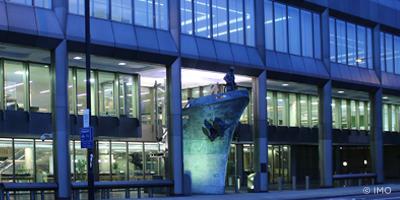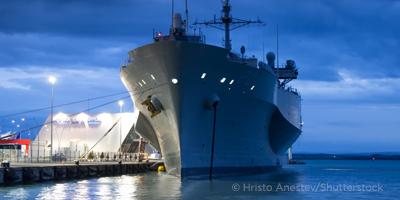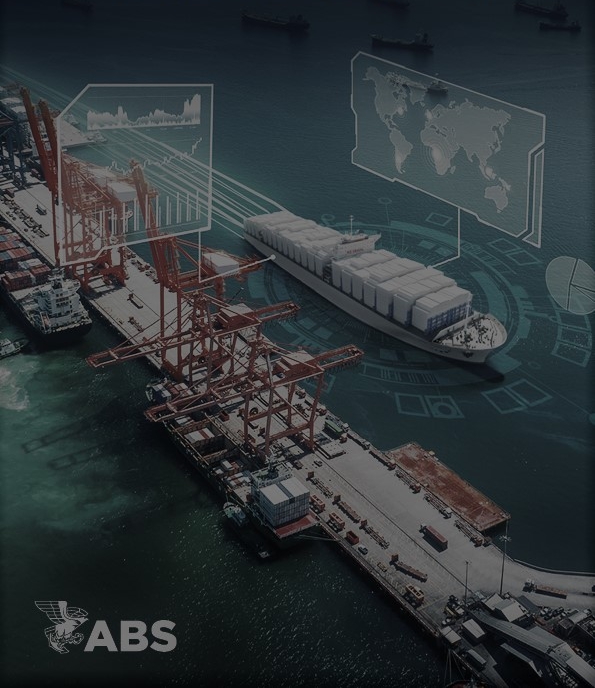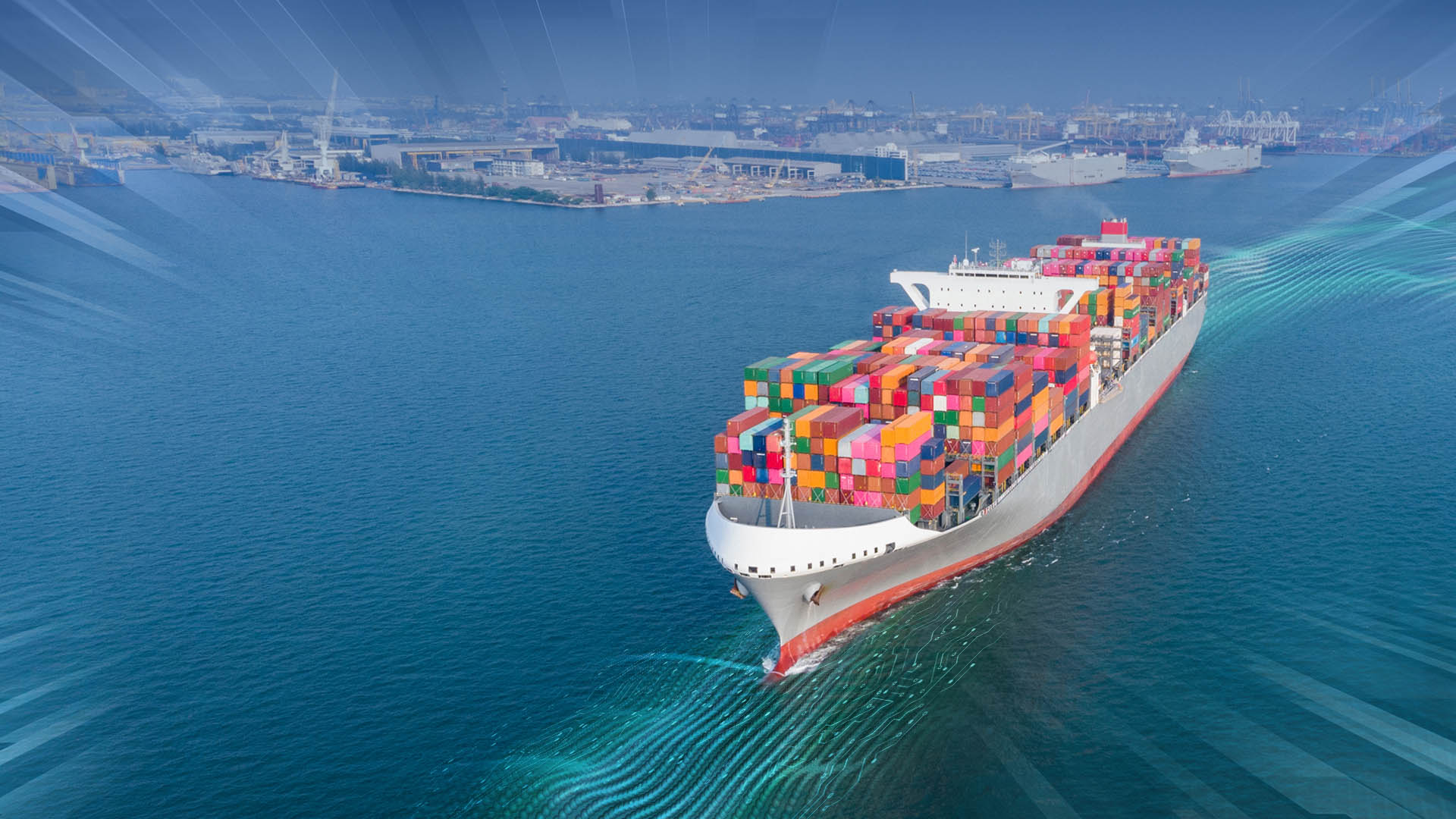A very important aspect in the development and continuous successful operation of a green corridor is the need for a palette of metrics in place to quantify the decarbonization effect of the initiative. The emissions scope, boundary and metrics will vary based on the jurisdiction of each of these corridors and the level of ambition they aim to achieve.
Life-cycle Emissions Estimation
Fundamentally, a green corridor’s success is a function of its greenhouse gas (GHG) emissions reduction potential and for that to be a controlling metric, the calculations need to be robust and should follow commonly accepted standards such as ISO 14064-1, GHG protocol requirements and other maritime industry specific methodologies. To further improve confidence in the estimation, they may need to be assured or certified by independent third parties.
To improve the robustness of maritime emissions estimations, life-cycle analysis (LCA), which is the estimation from well-to-tank (WTT) and tank-to-wake (TTW) of the fuel related emissions, is the commonly accepted norm for estimating the impact of each value chain stakeholder of the corridor. Each of the value chain stakeholders should clearly demarcate their boundary and consistently calculate their baseline emissions. The baseline emissions profile should be an indication of the current operations prior to conversion to a green corridor. For example, what is the emissions estimate currently without the aspects of the green corridor considered, including both a current day snapshot and a future forecast.
Shipyard Emissions
Shipbuilding emissions may not apply to all green corridors but will be a very useful metric to consider when converting existing traditional routes to green ones, since many of these projects will require newbuilds and retrofitting of existing vessels. Shipbuilding emissions can be divided into hull (material and protection) and machinery (main and auxiliary) impacts and play a major role in understanding the emissions over the entire life cycle of a green corridor.
Baseline Emissions Inventory for Port and Vessel Operations
Port emissions inventory will be a major component of the GHG footprint of any port-centric corridor since, fundamentally, the decarbonization will revolve around vessels and port decarbonization which will include electrification of shore-side infrastructure and development of cold ironing facilities to reduce vessel emissions while waiting at the port. Port emissions are typically from mobile sources and then can be divided into the following categories:
1) Ocean-going vessels when berthed in the port
2) Harbor craft
3) Cargo handling of the equipment
4) On-road vehicles
5) Rail
Ports are such a critical stakeholder in the development of a green corridor, they can take the lead utilizing governmental incentives to decarbonize and signal intent which will help build momentum towards decarbonization of the shipping industry. Currently, U.S. EPA, Environment and Climate Change Canada and other private non- governmental research organizations provide detailed methodologies and guidance on conducting a port inventory. The challenge is that there is very little overlap on methodologies, scope and boundaries, requiring clarification before inventory development since all the ports need to have a commonly accepted baseline inventory with similar assumptions.
Independent Verification
Since the green corridor’s fundamental goal is to achieve carbon emissions reduction, it is important that the methodologies, emission factors, activity data and calculations are certified by an independent third party with a detailed audit trail. There are numerous organizations that certify carbon avoidance and emissions reductions to maintain the environmental integrity of the project.
This will also allow project stakeholders to obtain robust reduction and voluntary carbon credits which could play an important role as a revenue stream and push many of the economically unviable projects into the green.
The assessment will include calculations of baseline GHG emissions or baseline GHG removals by sinks followed by calculations of project GHG emissions and actual net GHG removal by sinks. The process also takes into consideration leakage to arrive at an actual GHG emissions reduction or net GHG removal value.
The infographic below indicates a high-level vision of an operational green shipping corridor.
- Decarbonization pathways involve accelerating operational efficiencies and deploying alternative fuels at scale. The industry is diverse, disaggregated and globally regulated.
- Green Shipping Corridors help facilitate the coordination between stakeholders down to a more manageable size while retaining scale.
Any combination of these fuels and technologies could apply based on the techno-economic feasibility of the corridor in question.




































